- Details
- Written by: Maggie Amsler
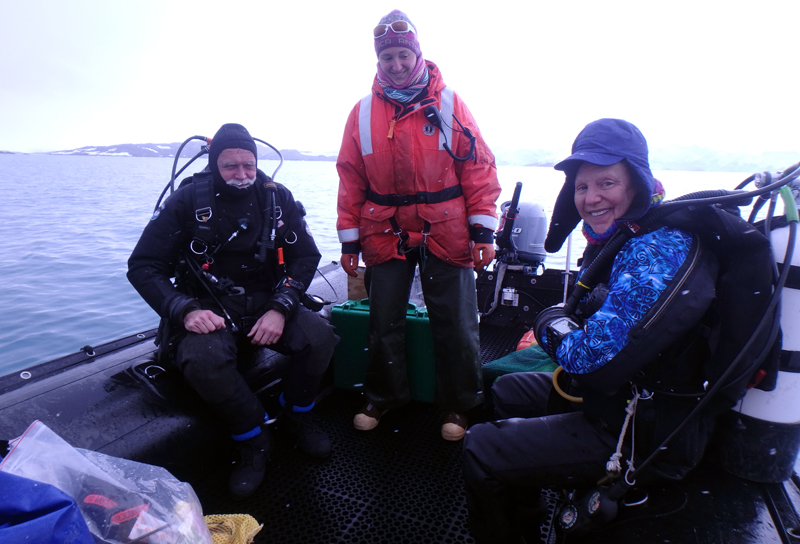 With the project’s initial diving priority of locating and assessing the 14 algal-bearing substrate experiments left over winter in the water well underway, yesterday Bill and I concentrated on collecting familiar organisms we have been studying for many years because of their intriguing chemistry. So, despite gusting winds and intermittent snow squalls, with tenders Sabrina doubling as zodiac captain and Chuck (taking picture) as first mate, we set out for a dive on nearby Gamage Point.
With the project’s initial diving priority of locating and assessing the 14 algal-bearing substrate experiments left over winter in the water well underway, yesterday Bill and I concentrated on collecting familiar organisms we have been studying for many years because of their intriguing chemistry. So, despite gusting winds and intermittent snow squalls, with tenders Sabrina doubling as zodiac captain and Chuck (taking picture) as first mate, we set out for a dive on nearby Gamage Point. - Details
- Written by: Chuck Amsler
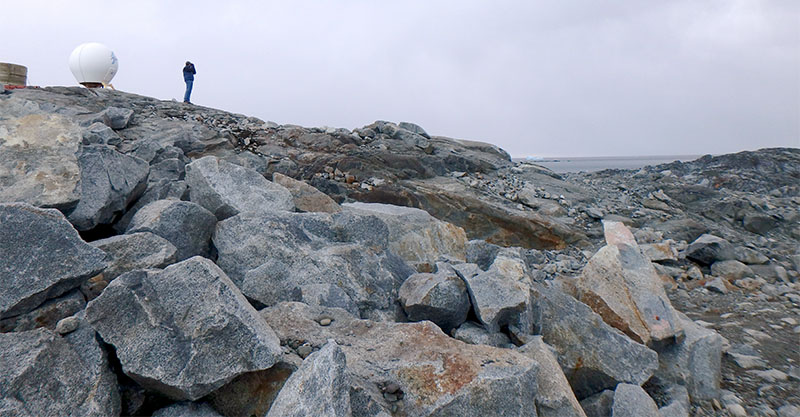
After four days when we first got here with the weather keeping us from getting out in the boats to dive, we’ve had five straight days of relative calm that has allowed us to get out each day.
- Details
- Written by: Sabrina Heiser
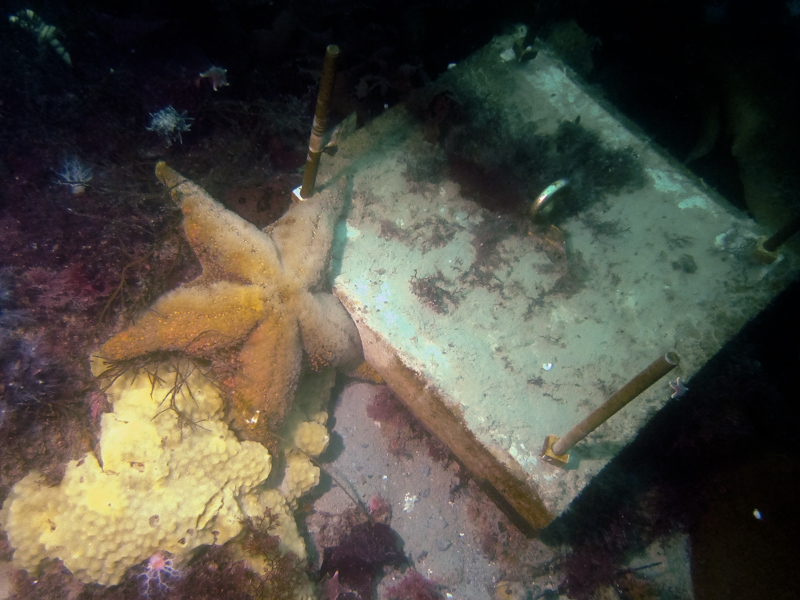
Being one of the lucky people who was already at Palmer Station last season, it probably only took about 5 minutes for me to feel at home again. And of course, like everyone else, I was eager to get back in the water. This time around, I had a different reason though for my unrest: an anxious anticipation for the reunion with our long-term experiments.
- Details
- Written by: Michelle Curtis
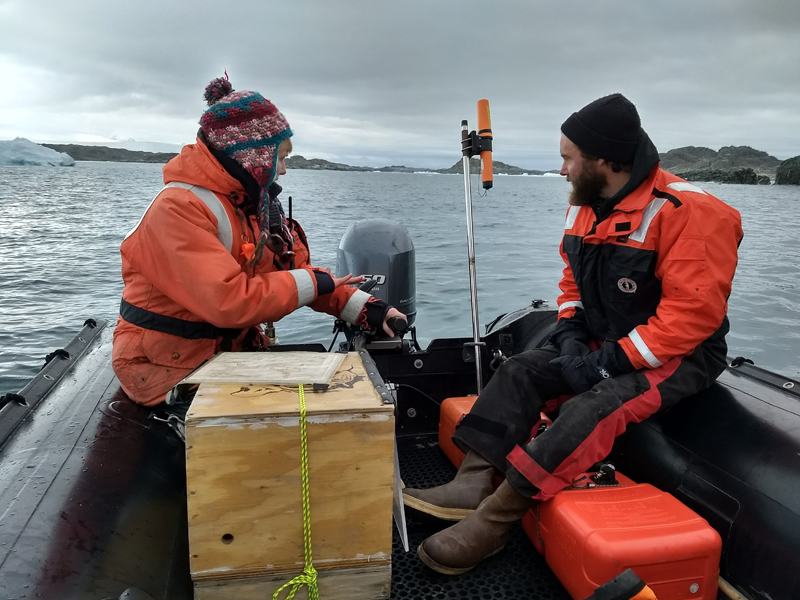
I am writing from the couch in the galley with a wood burning fireplace to my left and an incredible view of icebergs and snow-covered islands in front of me. This morning has been spent talking with new friends while watching crabeater and leopard seals peacefully floating by on ice floes.
- Details
- Written by: Jim McClintock
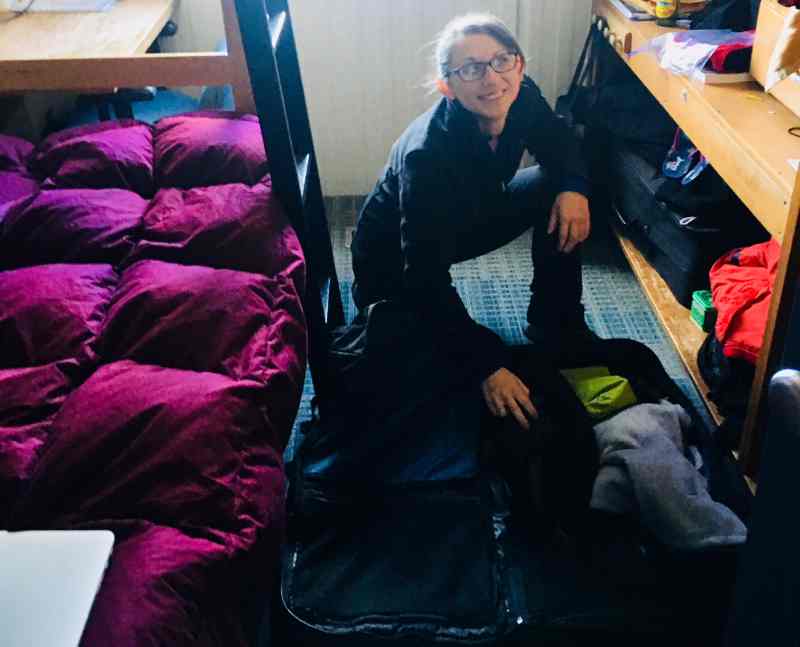
You have to be a jack of all trades to carry out science at an Antarctic research station. Moving stuff is one of them. Our UAB team’s arrival at Palmer Station yesterday was celebratory; four of us were reunited with old friends, two rejoiced in a newfound home. Today, the celebration is over. Time to move in.
- Details
- Written by: CJ Brothers
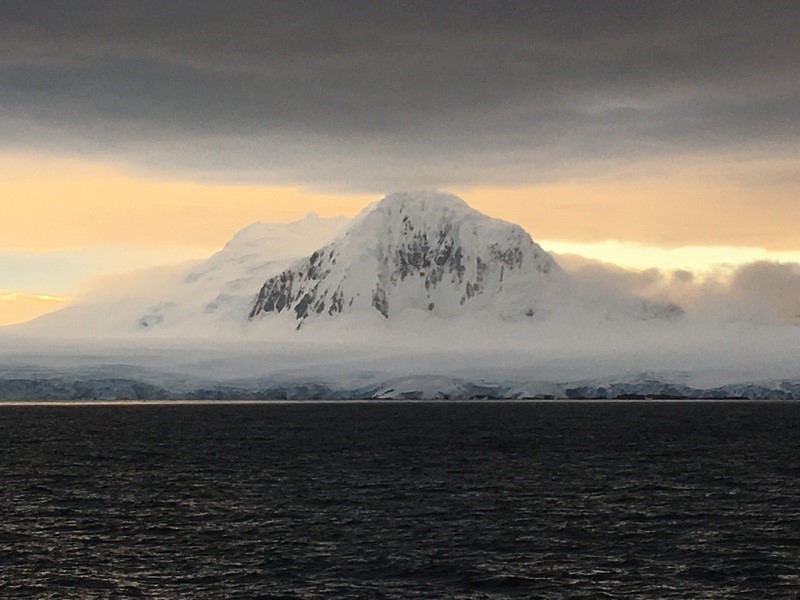
Over the last 24 hours onboard the LMG, the scenery surrounding the ship has changed as we approached the Antarctic Peninsula. Open ocean as far as the eye can see has been replaced by snowy islands and towering glacier-covered mountains on both sides of the ship. And now, 4 days after departing Chile, we have finally reached Palmer Station!
- Details
- Written by: Maggie Amsler
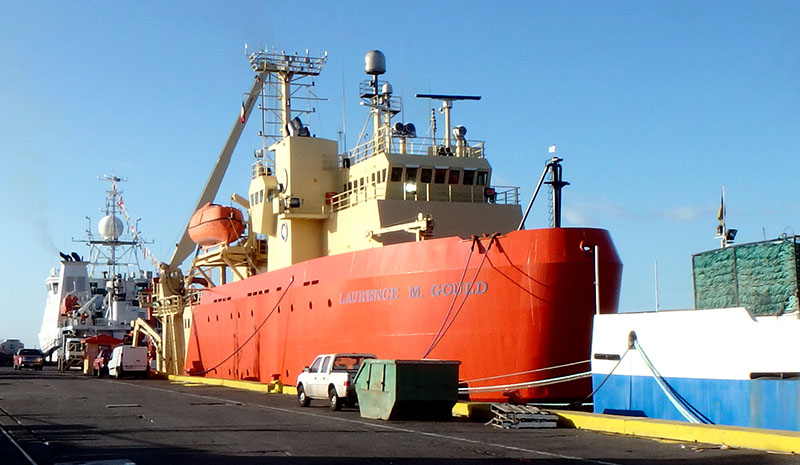
Sailing Day arrives in Punta Arenas, Chile with blue skies and fair winds!! The ARSV Laurence M. Gould (LMG) seemed to glow in the drenching early morning sunlight.
- Details
- Written by: Chuck Amsler
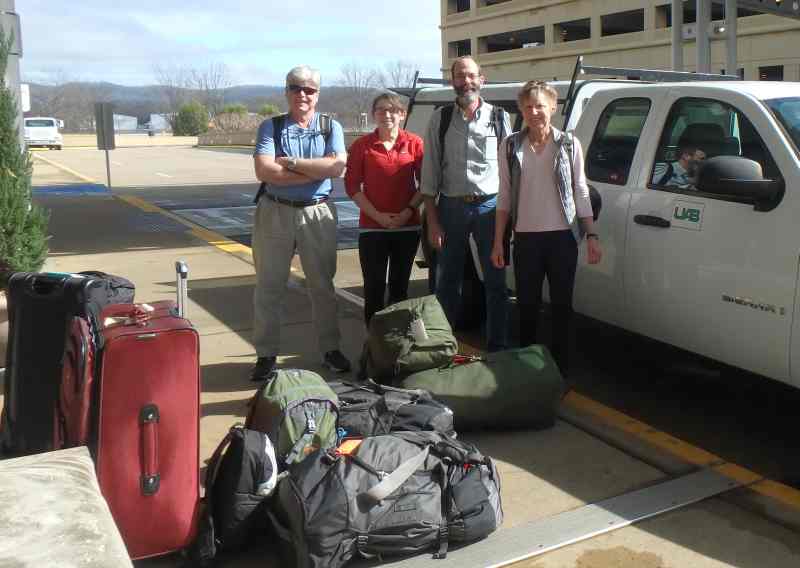 Today is the big day, the day we leave home and head to Palmer Station which will be home away from home for most of us until mid-June.
Today is the big day, the day we leave home and head to Palmer Station which will be home away from home for most of us until mid-June.
- Details
- Written by: Sabrina Heiser
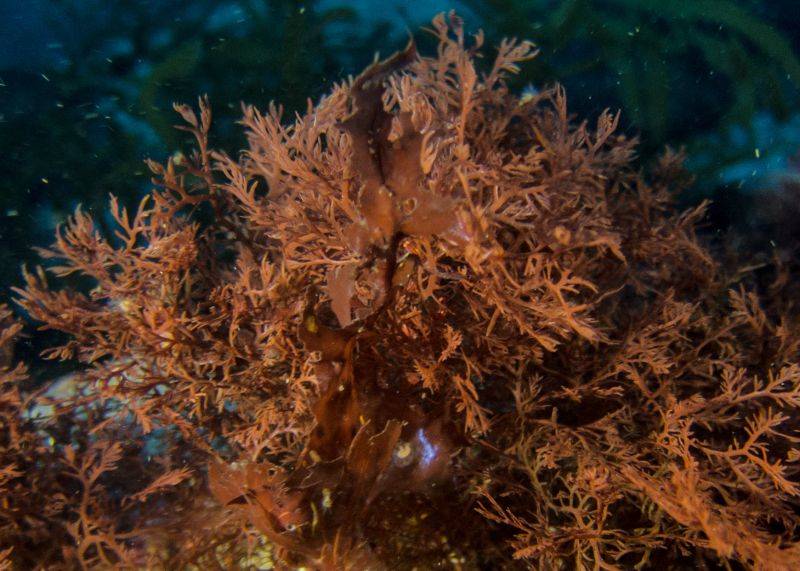
"Antarctica: the final frontier. These are the voyages of the Amsler-Baker-McClintock labs.
- Details
- Written by: Michelle Curtis
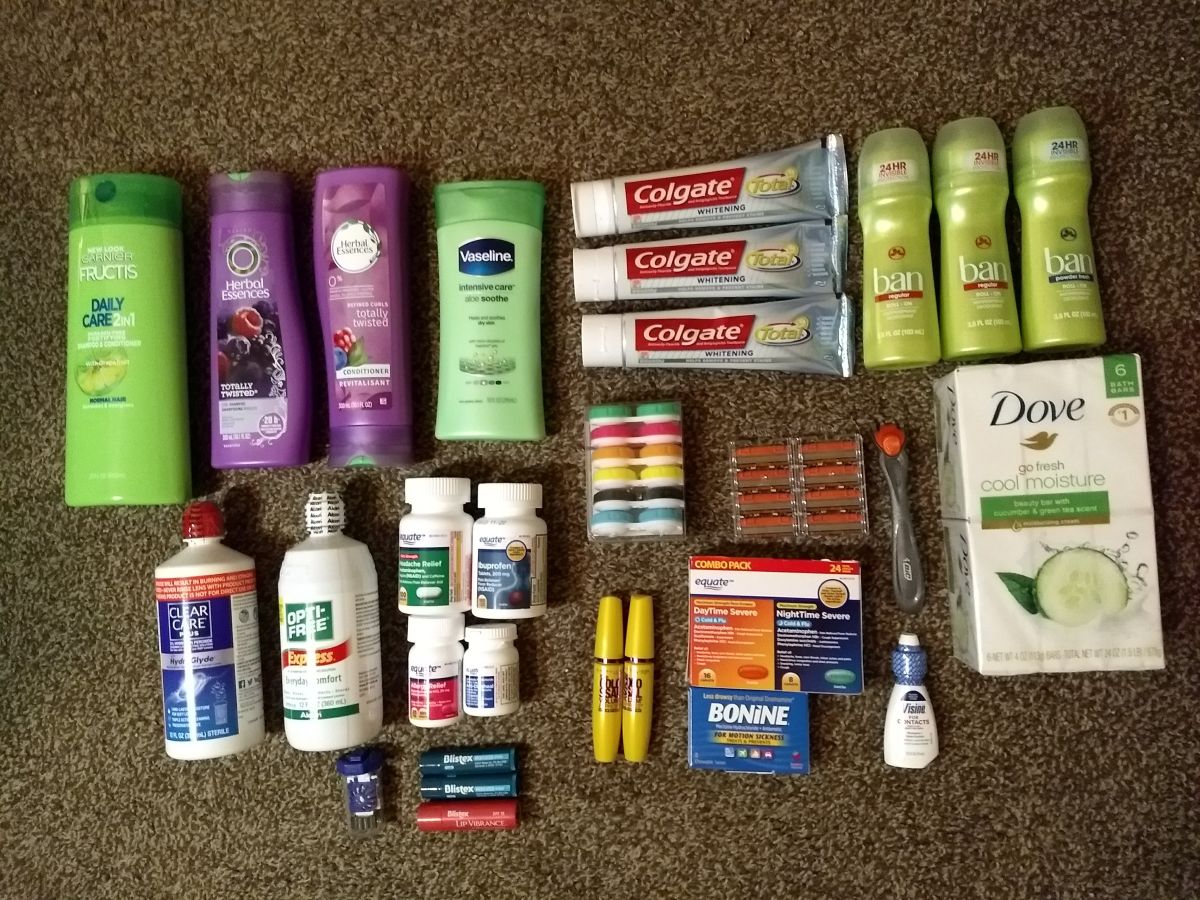
Since my PhD research is focused on ocean warming impacts to sea stars from the northern Gulf of Mexico, the prospect of trading my bikini for a parka and heading to the bottom of the world seemed like science fiction when I joined the McClintock lab in 2016.
- Details
- Written by: Jim McClintock
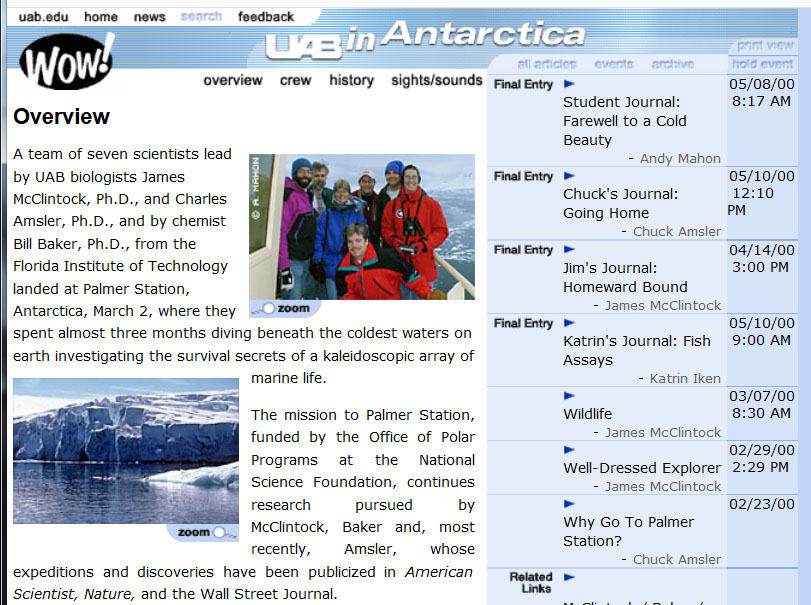
WOW! Yes, that was the logo of our first UAB in Antarctica web site when it was first launched in 2000. It is also very much what the site looked like during our 2001 and 2004 expeditions.
- Details
- Written by: Chuck Amsler
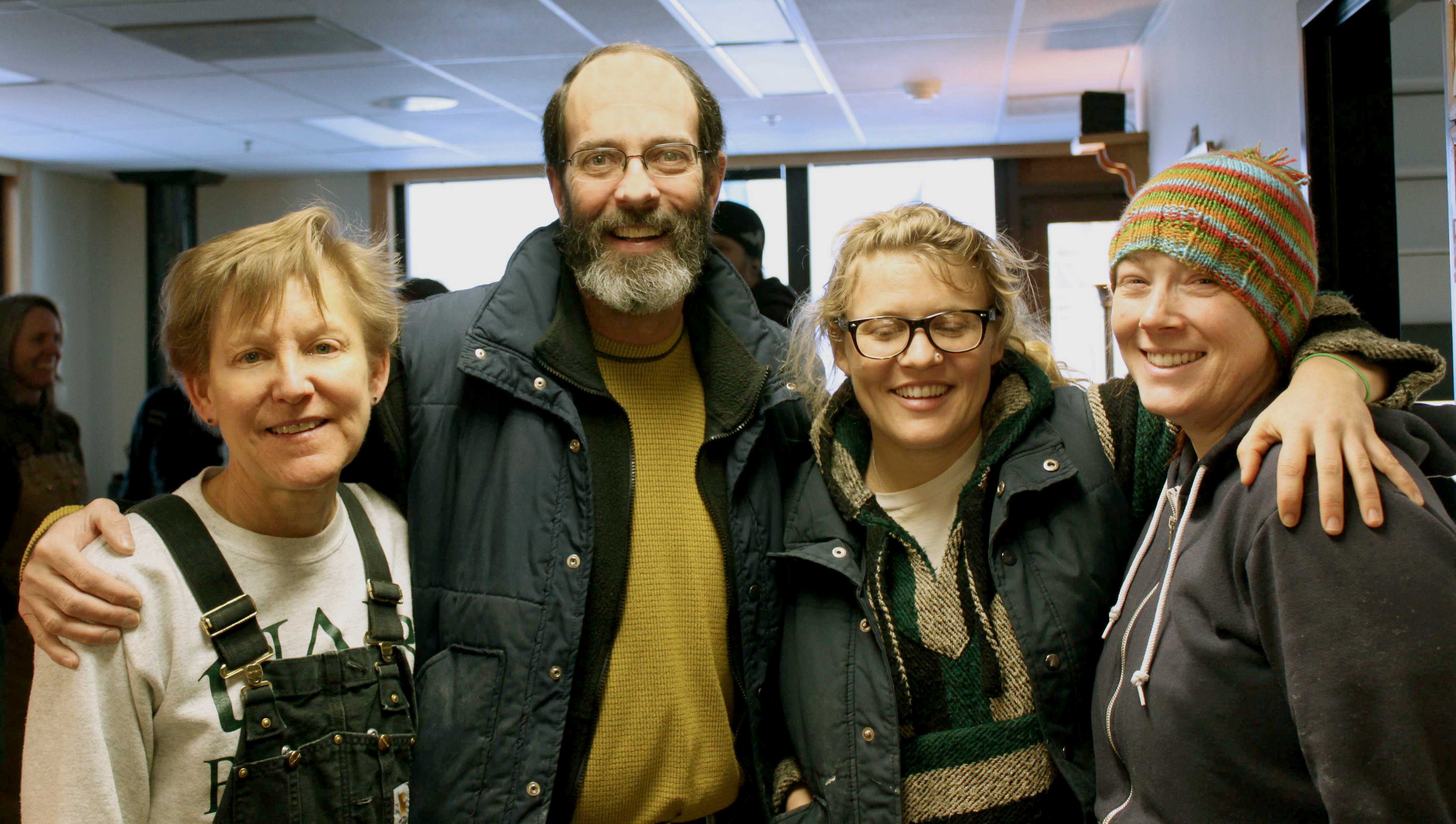
- Details
- Written by: Maggie Amsler
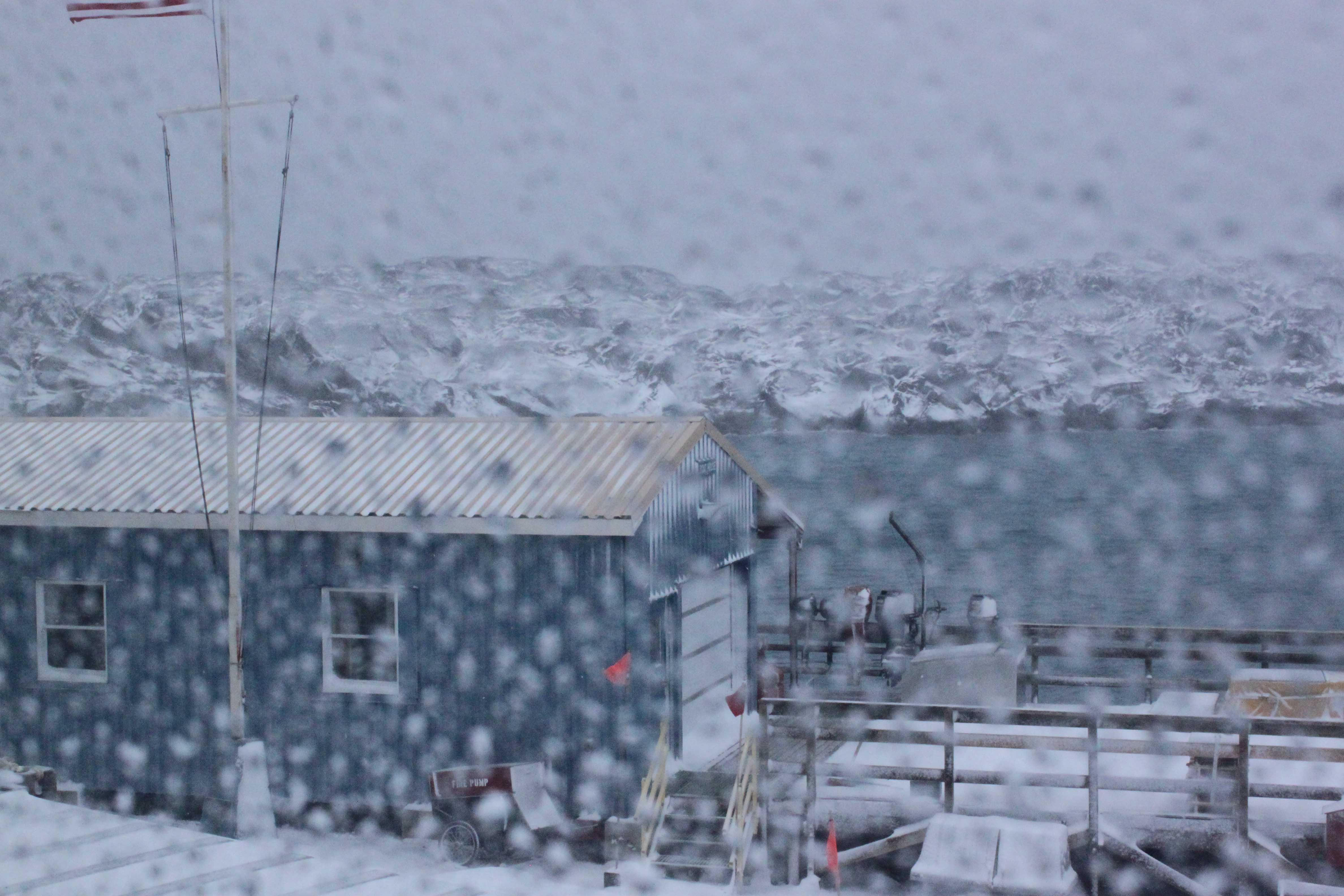 But before these words address the title I have to say Finally – dive ops today!
But before these words address the title I have to say Finally – dive ops today!
- Details
- Written by: Kate Schoenrock
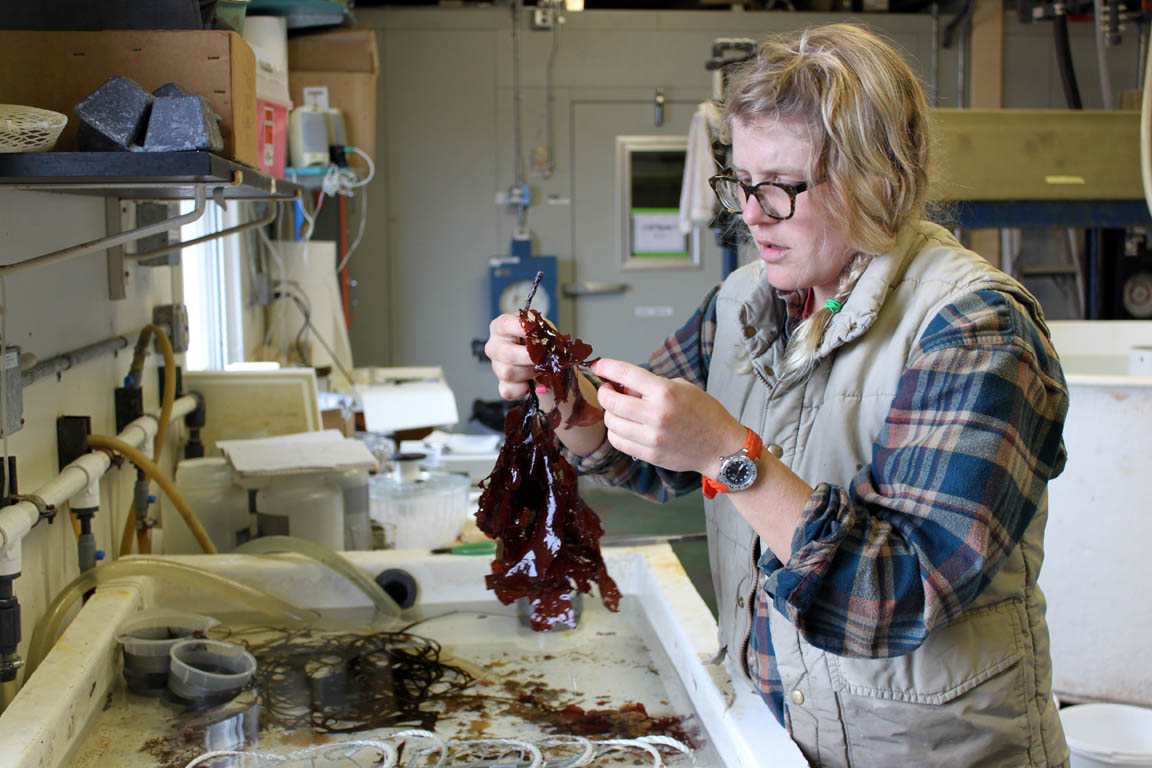
Every Sunday morning on station Julie and I plus a few station folks gather around to make Thai porridge which we then eat while watching Bobs Burgers for Sunday Morning cartoons up in the Lounge.
- Details
- Written by: Jim McClintock
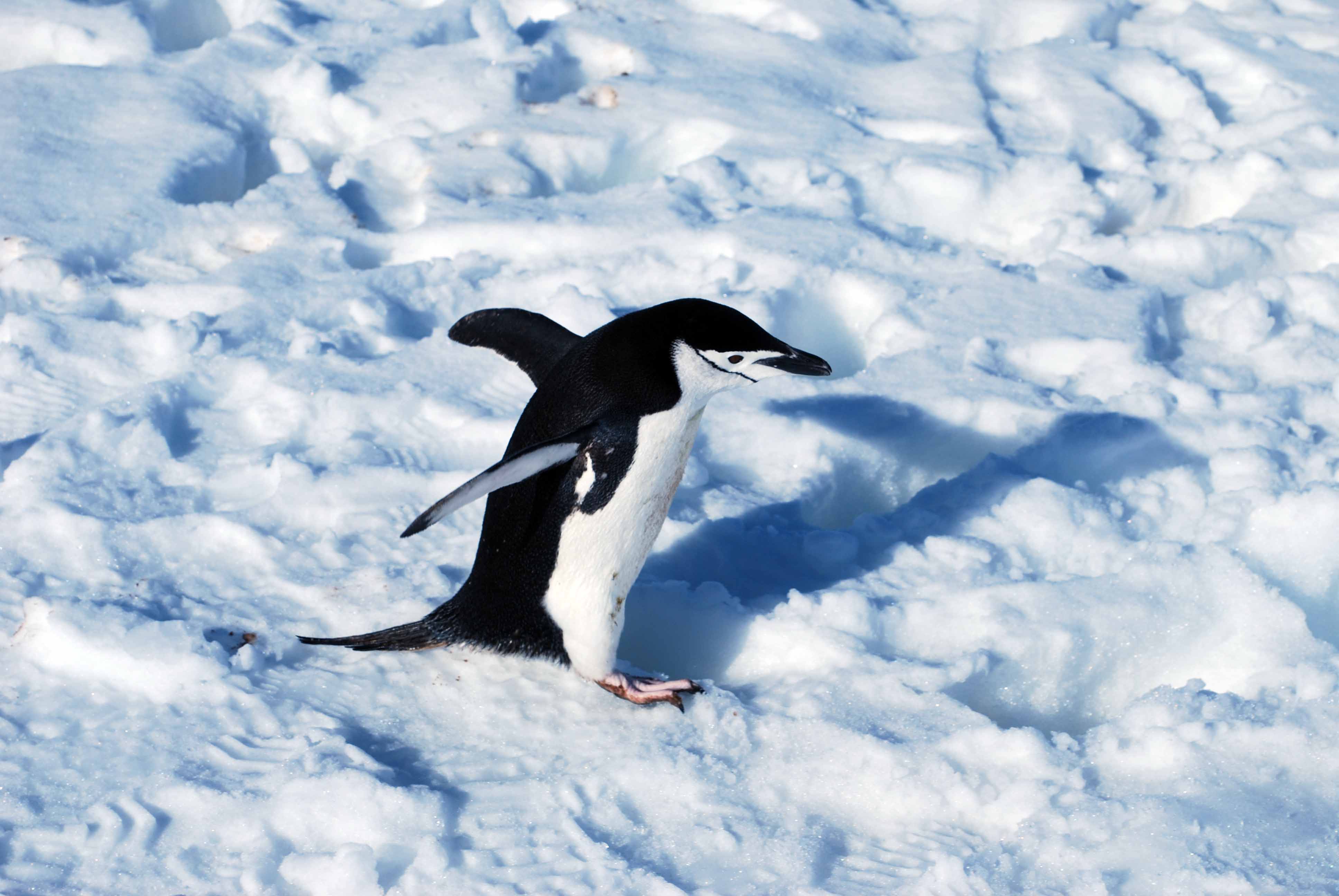
The Antarctic Peninsula is one of the most rapidly warming regions of our planet. We know this in large part because daily air temperatures have been measured over the past sixty years just a few miles down the coast from Palmer Station at Vernadsky Station (currently a Ukrainian station and previously a British station called Faraday). These measurements indicate that average mid-winter air temperatures have climbed a degree centigrade per decade.
- Details
- Written by: Julie Schram
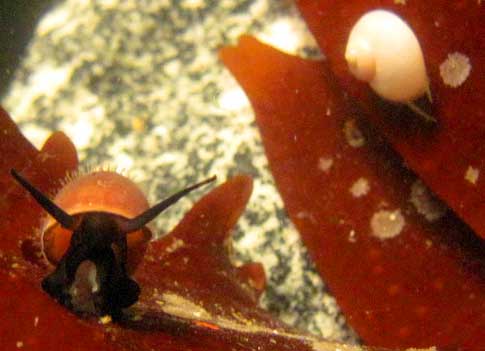
Every time we go diving to collect samples for our experiments (or food for the organisms we are maintaining in our experiments) we get a little by-catch. The by-catch we get is generally very small and either some type of invertebrate or seaweed that we weren’t necessarily intending to catch. Depending on what we are collecting there is a varying abundance and diversity of our by-catch. We commonly get a wide range of sizes of snails and limpets as well as amphipods and small sea stars.
- Details
- Written by: Maggie Amsler
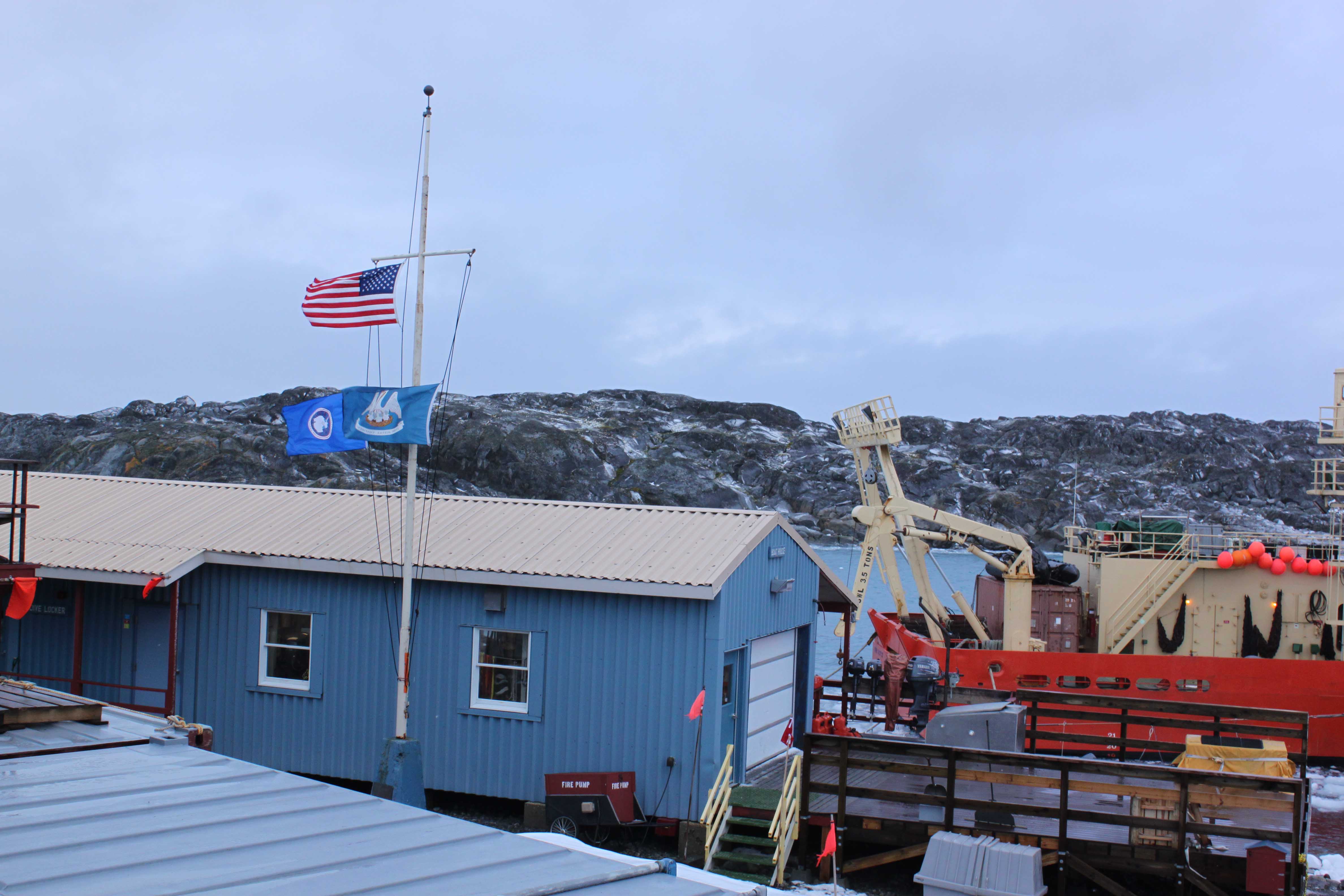
The Gould arrived in the afternoon earlier this week bringing from Chile the ever-anticipated resupply of freshies. Oh yes, that evening we dined on salad and fresh fruit off-loaded from the ship just a few short hours before all queued up to the station’s short cafeteria line. The freshies are at the end of the line so all made sure to grab a bowl or leave plenty of room on the plate for a mound of greenery.
- Details
- Written by: Chuck Amsler
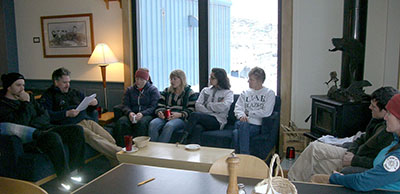
It is a fantastic opportunity to be able to live and work in Antarctica. It is no less fantastic this sixteenth time than it was the first. The overall novelty may decline, but the appreciation of the splendor, and the sense of privilege in being here, does nothing but grow.
- Details
- Written by: Kate Schoenrock
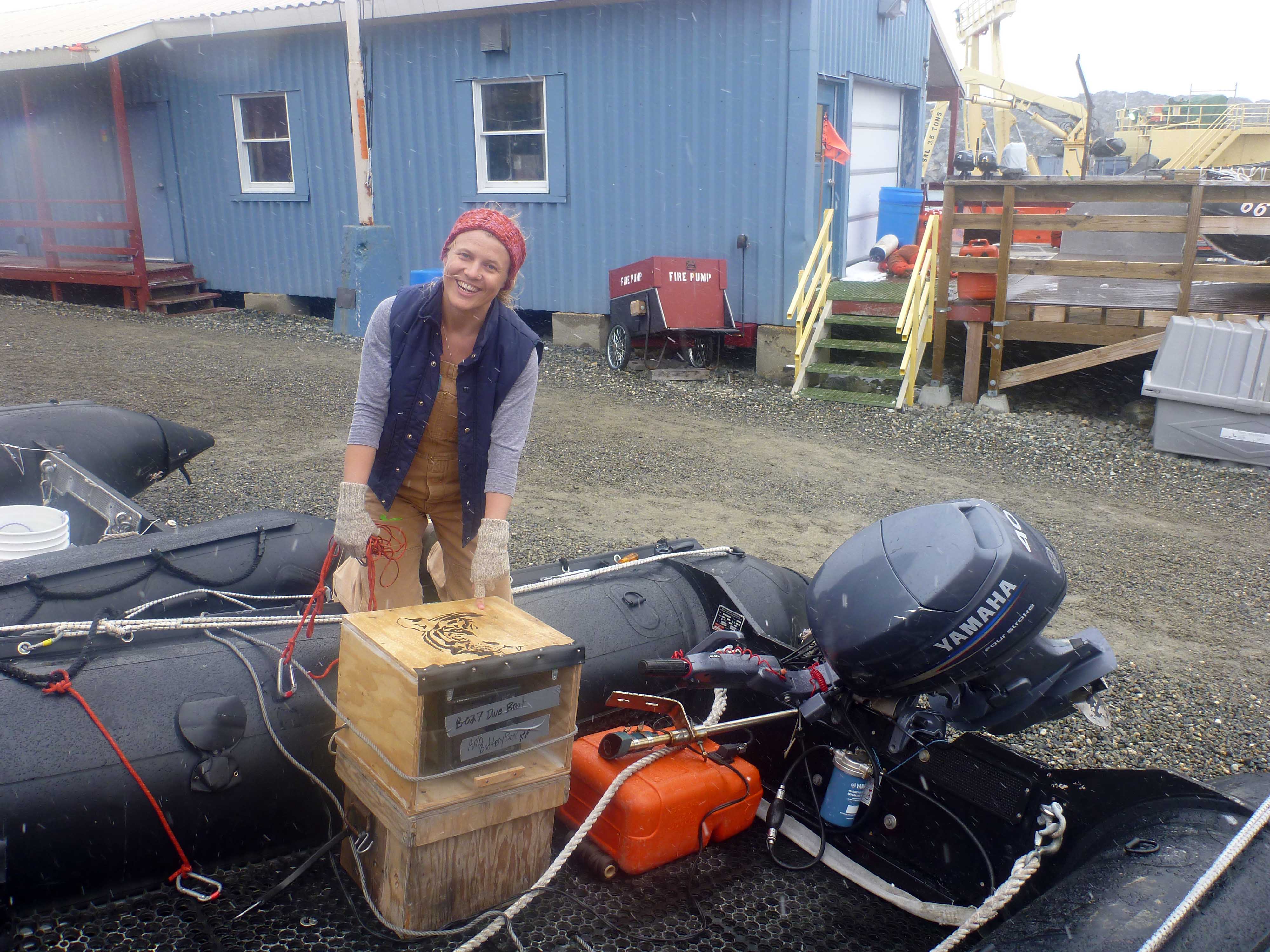
As a follow up to Chuck's and Maggie's descriptions of our diving operations (and as a tribute to Dio), I’m going to talk about today's dive. The weather has been fairly bad this month, more temperamental that I remember it being in April. But today we finally got to get away from station.
- Details
- Written by: Jim McClintock
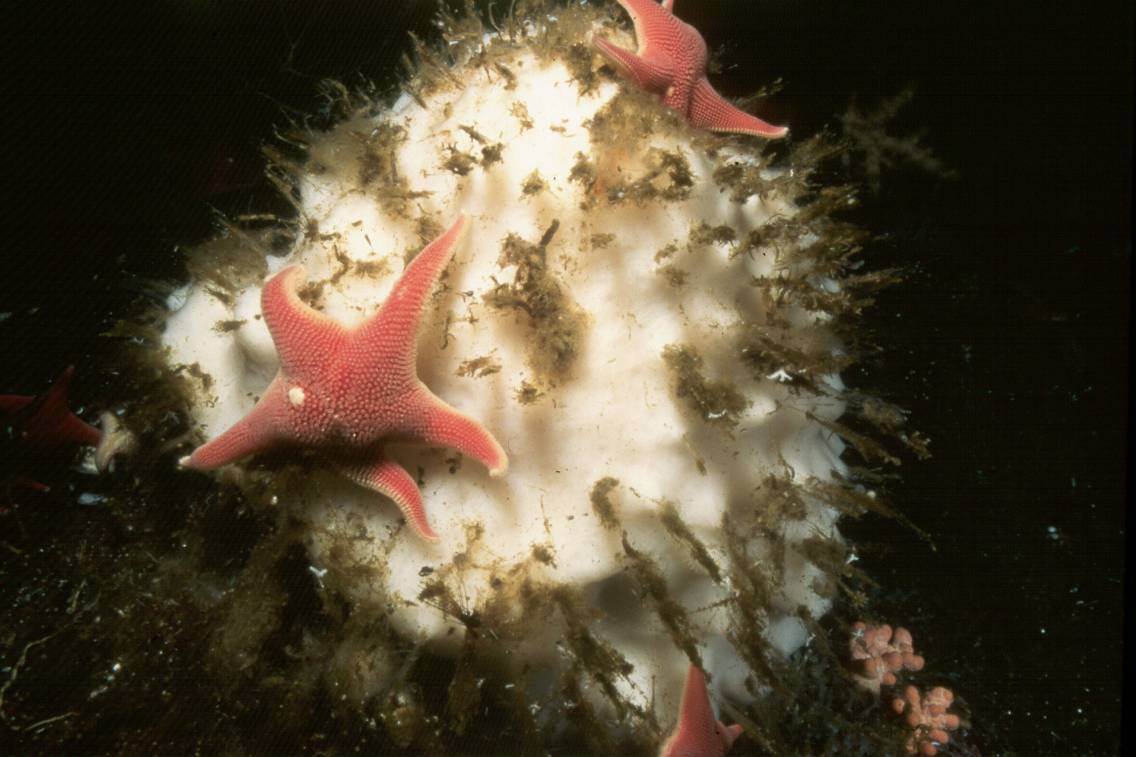
Sea stars, also known as starfish (this latter term is a bit of misnomer considering they are certainly not "fish"), are common sea floor animals that are found in all the world's oceans. Most have five rays or arms, but others can muster as many as twenty-five to thirty as saw my previous "Unexpected Surprises" post. Their arms are lined with legions of tiny tube-feet that operate using a unique hydraulic plumbing system that squeezes water through tubes with tiny valves that open and shut. The tube-feet serve primarily for locomotion, but also play a role in food capture and sensing prey.